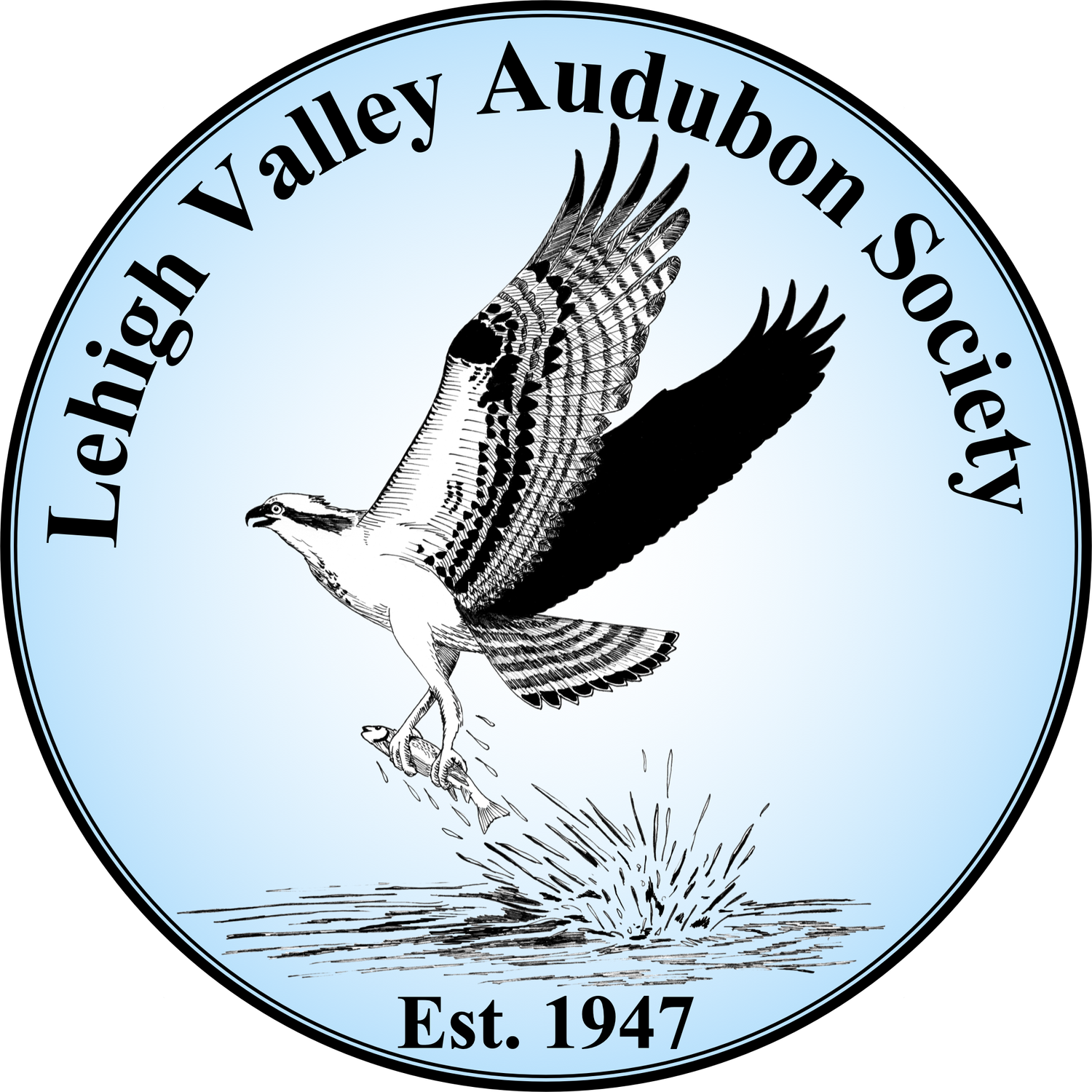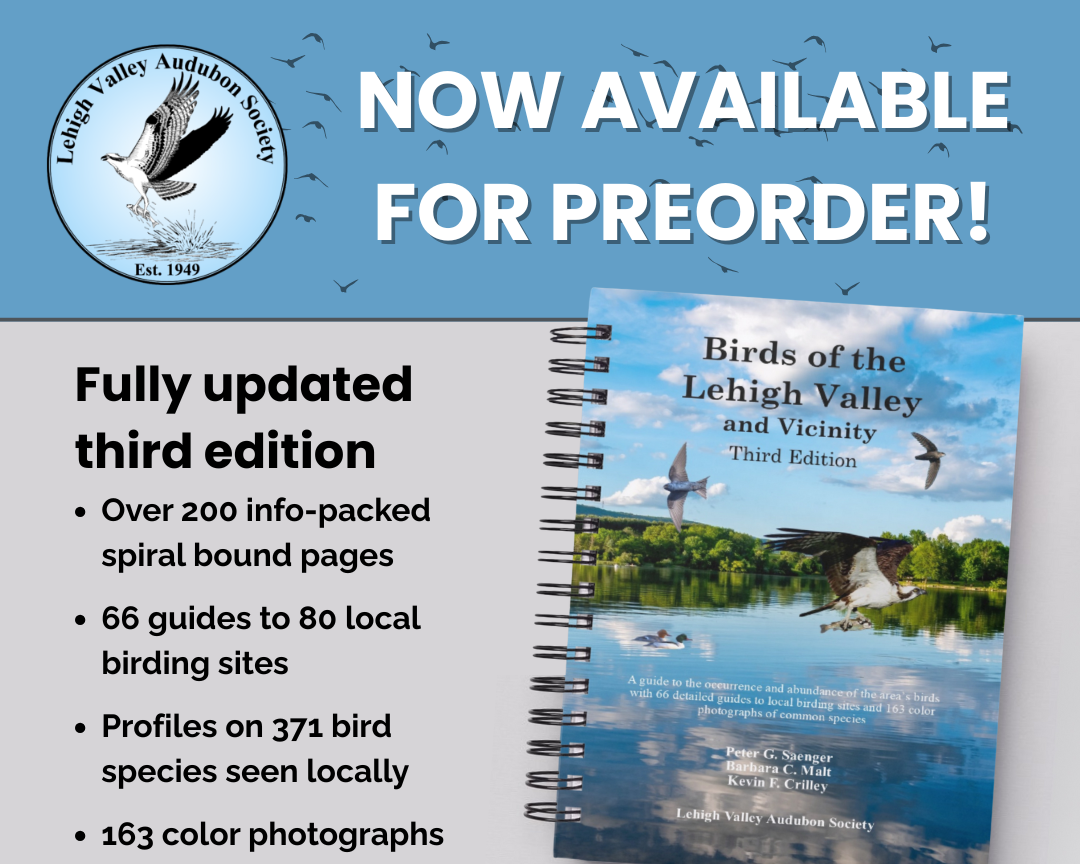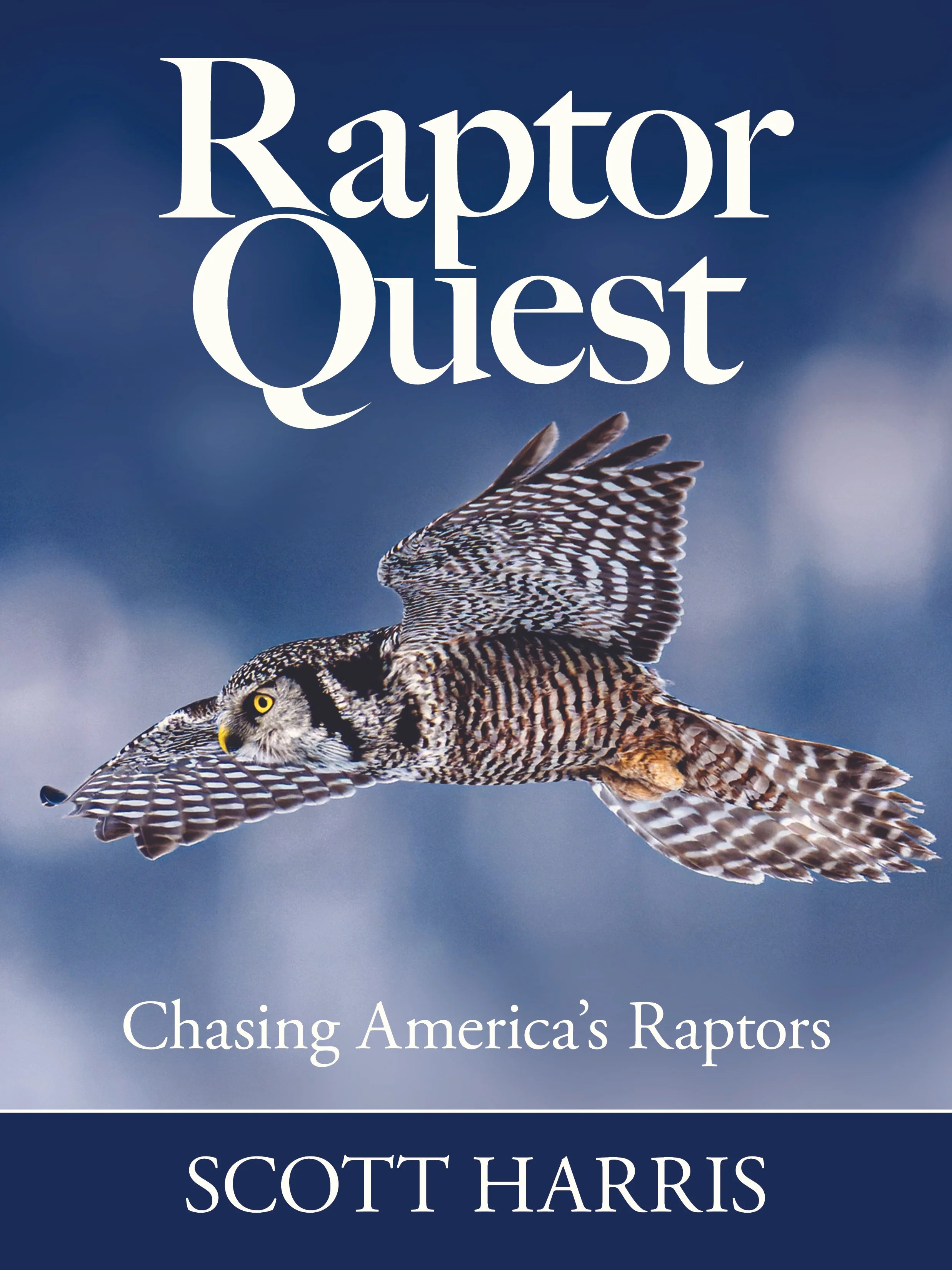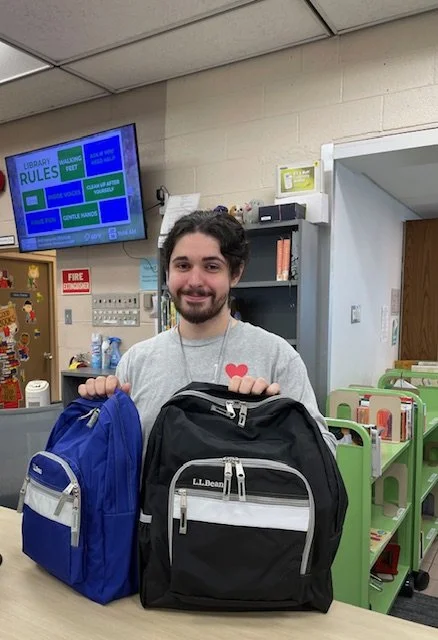Once it is applied to roads and parking lots, this road salt enters the environment in various ways . Subsequent rain events will produce salty runoff which can flow across the land directly into streams, ponds, lakes, and wetlands, or it can seep down through the soil into the ground water. Even though the period of applying salt is just a few months of the year, this salt stays in the environment year-round. A recent study by the Little Lehigh Watershed Stewards showed elevated salt levels in local streams flowing at base level in August. This was done at a time when there had been no recent rainfall and the streams were being primarily fed by groundwater. Other studies from around the country show that the level of salt in streams, ponds, lakes, wetlands, groundwater, and drinking water is increasing.
For our birds, the application of road salt can be dangerous in various ways. Birds have kidneys that are less efficient than mammalian kidneys at removing sodium, and if they take in too much, they need to increase their water intake. This means that directly ingesting salt particles can be lethal . Sadly, dead birds have been observed on roadsides after salt has been applied in winter. Other birds have also been seen exhibiting strange behavior such as fearlessness or appearing to be weak, sick, or slow . These are all signs of having ingested too much salt.
Why are birds attracted to road salt?
Studies have found that they are looking for grit to digest their food, and the salt particles are the same size as grit. If birds do not have access to water, which may well be the case in wintertime, they can experience toxicological effects and die after ingesting as little as one particle of salt. Additionally, being attracted to roadside areas, and possibly having reduced fear on top of that, means that they are at high risk of being hit and killed by vehicles.
The other risk for birds is that increased salt levels interfere with the food webs that they depend on. If you go to any healthy creek and look among the rocks, you will find it teeming with all kinds of tiny creatures including insects, larvae, worms, and crayfish. Scientists call these animals macroinvertebrates, and their quantity and diversity are used as a very accurate indicator of stream health. Studies show that macroinvertebrates are negatively affected by increases in salt levels which cause stress and stunted development at low levels and mortality at high levels.
Other life in streams, lakes, and wetlands is also negatively impacted by salt . This includes zooplankton that live in ponds, lakes, and wetlands. They are important because they consume phytoplankton which can be the cause of algae blooms. Amphibians such as wood frogs and salamanders are vulnerable because they absorb salt through their skin. Also, wood frog tadpoles hatch in early spring when the salt levels are highest and can result in deformities as well as increased mortality.
So, as you can see, we have a big problem which is only going to get much worse if steps are not immediately taken.
What can you do?
First of all, be aware of the quantity of salt that you apply to your driveway and sidewalks in wintertime. You can reduce the amount you need by shoveling regularly. When you apply the salt, use about 12 ounces for a 20 foot driveway or 10 sidewalk paving squares. Always sweep up any leftover salt.
If you live in a controlled development that uses a private contractor, pay attention to how much road salt is being used, and if it appears to be excessive, bring it to the attention of your homeowners’ association.
Using liquid salt brine can result in as much as 70% less salt being used. Some municipalities such as the City of Allentown have switched to brining in recent years. If your municipality is still using salt crystals, encourage them to change to brine. There are also other measures that municipalities can take such as covering salt piles and using application regulators on their equipment. If you are interested in knowing more, check out the information at this link: https://www.iwla.org/water/stream-monitoring/salt-watch/road-salt-best-practices
Sources
Environmental Hazards of Road Salt https://extension.psu.edu/environmental-hazards-of-road-salt#:~:text=This%20exponential%20increase%2
A Fresh Look at Road Salt: Aquatic Toxicity and Water-Quality Impacts on Local, Regional, and National Scales https://pubs.acs.org/doi/10.1021/es101333u
River chloride trends in snow-affected urban watersheds: increasing concentrations outpace urban growth rate and are common among all seasons https://www.sciencedirect.com/science/article/pii/S0048969714017148?via%3Dihub
Road Salts and Birds: An Assessment of the Risk with Particular Emphasis on Winter Finch Mortality https://www.jstor.org/stable/3785019#:~:text=The%20high%20attraction%20of%20salted,wildlife%20mmanag
Effects of road de-icing salt (NaCl) on larval wood frogs (Rana sylvatica) https://pubmed.ncbi.nlm.nih.gov/16159689/












